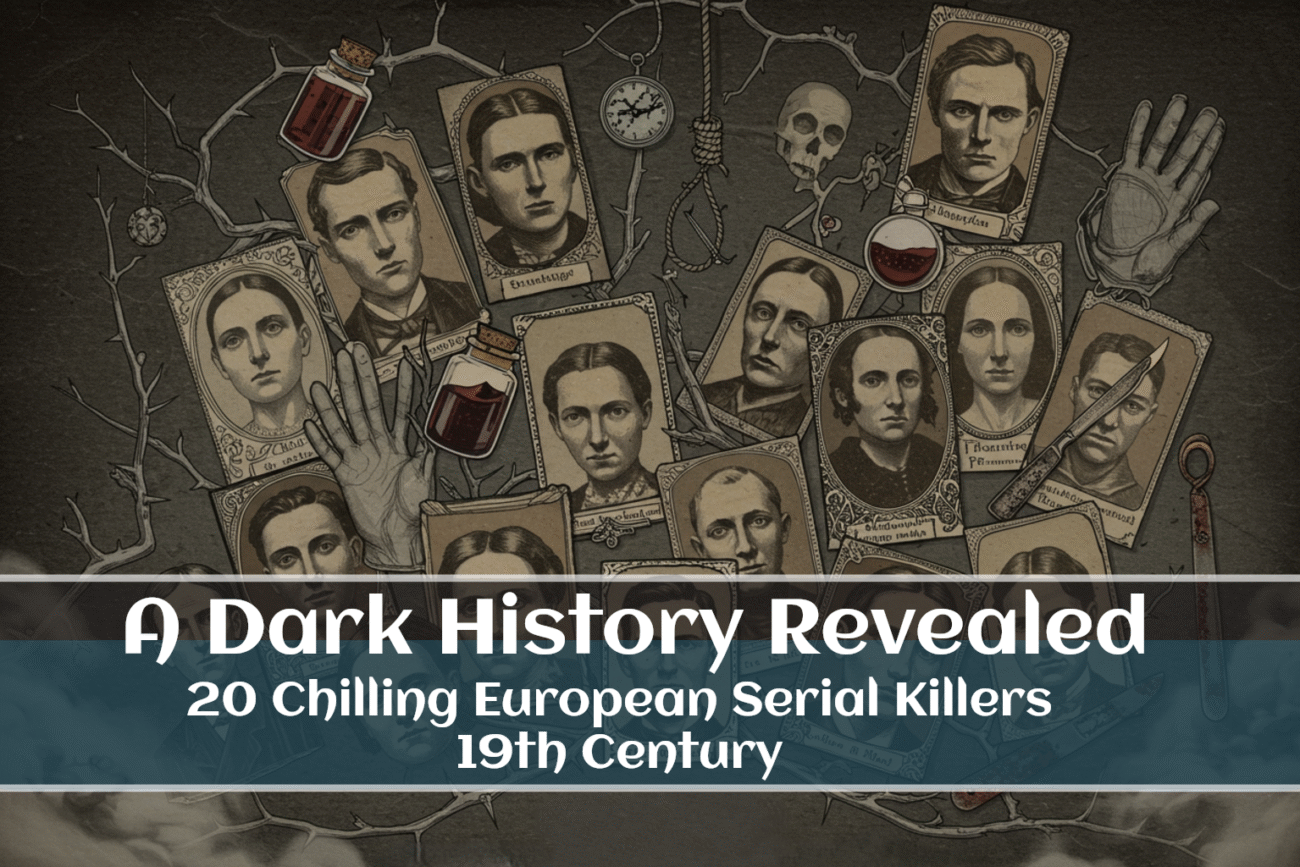The 19th century in Europe was a time of vast change, from industrial revolutions to societal upheaval. But beneath the surface of progress, a darker narrative unfolded: the rise of European serial killers 19th century. These were individuals whose heinous acts captivated and horrified the public, challenging the nascent police forces and forensic scientists of the era. Unlike the sensationalized tales we often hear today, these real-life monsters operated in a world where detection was rudimentary, and justice often slow and brutal.
This article delves into the lives and crimes of 20 documented serial killers who stalked Europe between 1801 and 1900, offering a glimpse into a chilling chapter of historical true crime. Their methods varied wildly, from silent poisons to brutal physical attacks, often reflecting the limited investigative tools available at the time. Many preyed on the vulnerable, while others seemed driven by an insatiable greed or a disturbed mind.
Their stories shed light not only on their individual depravities but also on the evolving understanding of crime, forensic science, and justice in a rapidly changing continent. Let’s uncover the grim details of these notorious figures from 19th century crime.
The Silent Killers: The Age of Arsenic
Poisoning, especially with arsenic, was a disturbingly common method among European serial killers 19th century. Arsenic was readily available, tasteless, and its symptoms often mimicked natural illnesses, making detection incredibly difficult before the advent of advanced toxicology. This made it a weapon of choice for those who wished to eliminate victims quietly and discreetly.
1. Sophie Ursinus (Germany, 1800–1803)
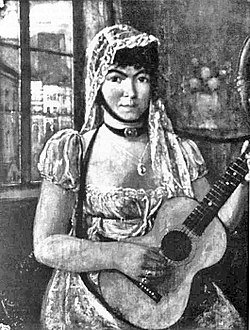
Sophie Ursinus was one of the earliest documented poisoners of the 19th century. Living in Germany, her murderous spree began in 1800 and lasted until 1803. She meticulously used arsenic poisoning to dispatch at least three victims: her husband, her aunt, and an attempt on her servant. Her method was insidious, making her victims suffer lingering illnesses that appeared to be natural ailments. It was only the astute observations of her servant and later, medical professionals, that led to suspicion.
Ursinus was eventually caught, and her case became notable for contributing to early forensic toxicology, helping to establish methods for detecting arsenic in the body. Despite the horrific nature of her crimes, she spent the rest of her life in prison, often living in relative comfort due to her social standing, a stark reminder of the social inequalities even in the face of grave crimes.
2. Mary Bateman (United Kingdom, 1803–1808)
Known as “The Yorkshire Witch,” Mary Bateman was a fascinating and terrifying figure in early 19th-century England. Her crimes spanned from 1803 to 1808, combining fraud, con artistry, and murder. Bateman often preyed on the superstitious beliefs of her victims, promising cures or magical assistance before slowly poisoning them with arsenic.
While she was only formally convicted of one murder, it’s widely believed she was responsible for between one and four deaths. Her public execution in 1809 was a huge spectacle, drawing thousands, and her body was later dissected, with parts of her skin reportedly used to bind books – a gruesome testament to the public’s fascination and horror with such historical true crime.
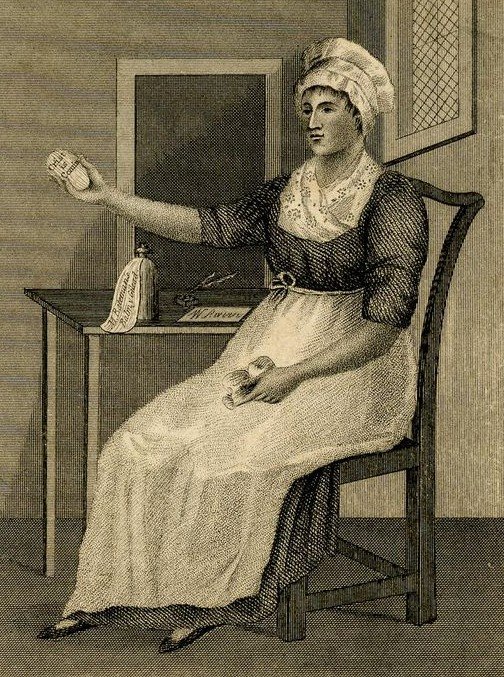
3. Anna Maria Zwanziger (Germany, 1808–1809)
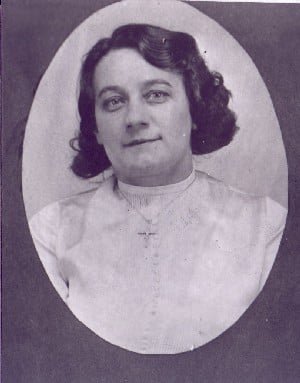
Hailing from Germany, Anna Maria Zwanziger was another infamous arsenic poisoner. Active between 1808 and 1809, she developed a chilling pattern. Employed as a housekeeper, she would poison her employers and then, with feigned concern, “nurse” them during their agonizing decline, often recommending “remedies” that further exacerbated their suffering.
Her victims included four individuals, one of whom was a baby. Her motive seemed to be a twisted desire for attention and control, combined with resentment. Zwanziger was eventually caught and, in a public display of justice, was beheaded in 1811. She infamously referred to arsenic as “her truest friend,” highlighting her deep psychological disturbance.
4. Hester Nepping (Netherlands, 1811)
In 1811, the Netherlands saw the horrifying case of Hester Nepping. She used arsenic poisoning to eliminate three individuals: her boarder, her elderly father, and her husband. Her motive was clearly financial, as she sought to inherit money and possessions from her victims. Nepping’s cunning in administering the poison, often in food or drink, made her difficult to detect initially.
However, suspicions eventually mounted, leading to her arrest. She was found guilty and, in a rare public execution for the time, was guillotined in Amsterdam in 1812. Her case underscored the danger lurking in seemingly ordinary domestic settings and the ease with which poison could be misused.
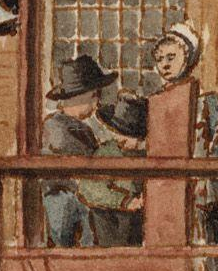
5. Gesche Gottfried (Germany, 1813–1827)

Perhaps one of the most prolific female poisoners in European history, Gesche Gottfried, known as the “Angel of Bremen,” terrorized Germany from 1813 to 1827. Over 14 years, she systematically poisoned 15 people, including her own children, parents, and two husbands. Gottfried maintained a facade of caring grief, attending to her victims during their slow, agonizing deaths from arsenic.
Her motives were complex, ranging from escaping difficult marriages to a desire for attention and financial gain. Her crimes went undetected for an astonishingly long time due to her manipulative nature and the lack of advanced forensic techniques. Gottfried was eventually caught and became the last person to be publicly executed in Bremen, beheaded in 1831, a grim end to a long and horrifying spree of 19th century crime.
6. Hélène Jégado (France, 1833–1851)
Hélène Jégado, a French domestic servant, earned the chilling nickname “The Female Landru of Brittany” for her prolific poisoning spree that lasted nearly two decades, from 1833 to 1851. She moved from household to household, leaving a trail of death from arsenic and antimony poisoning. While convicted of 23 murders, she is suspected of killing as many as 36 people, often those who employed her or lived in her vicinity.
Her motives remain somewhat unclear, but it seems she derived a perverse satisfaction from the power she wielded over life and death. Jégado was illiterate and appeared outwardly unremarkable, making her crimes even more unsettling. Her trial in Rennes in 1851 drew significant attention, highlighting the growing public fear of these “invisible” killers. She was guillotined in 1852. Her case is a prime example of the pervasive danger of arsenic poisoners in the 19th century.
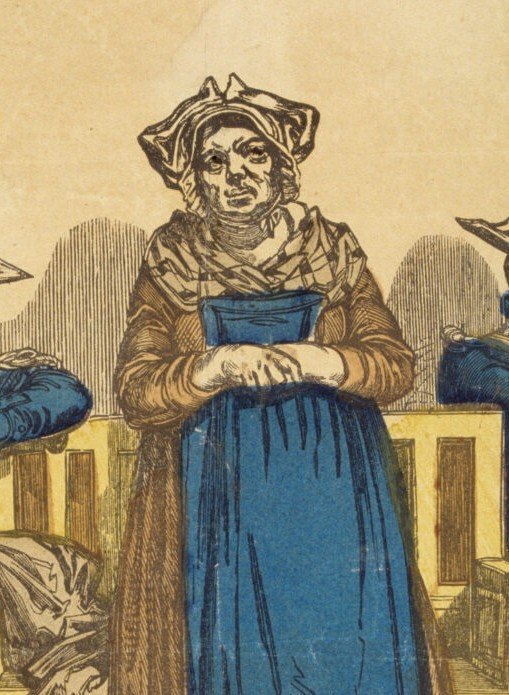
7. Ferdinand Wittmann (Germany, 1860–1865)
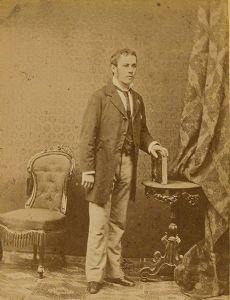
While detailed information on Ferdinand Wittmann is scarce in readily available English records, he is documented as a German serial killer active between 1860 and 1865, responsible for six deaths. His method was arsenic poisoning, placing him firmly in the category of the silent killers who plagued the era. The limited information suggests his crimes, like many poisonings, were likely discreet and difficult to trace, emphasizing the challenges faced by law enforcement in tracking down such elusive Victorian era murderers.
8. Anders Lindbäck (Sweden, 1864)
In 1864, Sweden witnessed the grim actions of Anders Lindbäck, a priest who committed three murders through poisoning. His method was particularly disturbing: he used poisoned communion wine to kill his victims. The sacred context of his crimes made them all the more shocking. His case is a rare example of a clergyman engaging in such heinous acts, further highlighting the diverse backgrounds of European serial killers 19th century.
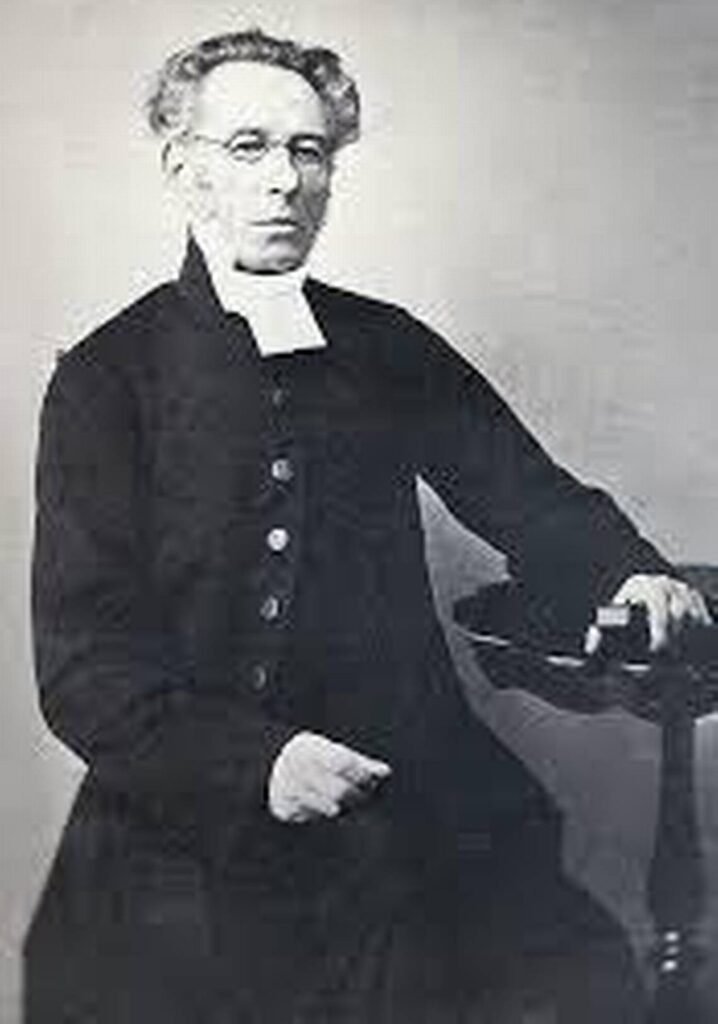
Brutal Forces: Violence and Opportunism
Not all European serial killers 19th century relied on the quiet hand of poison. Many employed brutal force, often driven by robbery, sexual deviance, or sheer sadistic pleasure. These crimes were often more visible, leaving a trail of horror that terrified communities.
9. Pierre and Marie Martin & Others – “The Red Inn Killers” (France, 1805–1830)
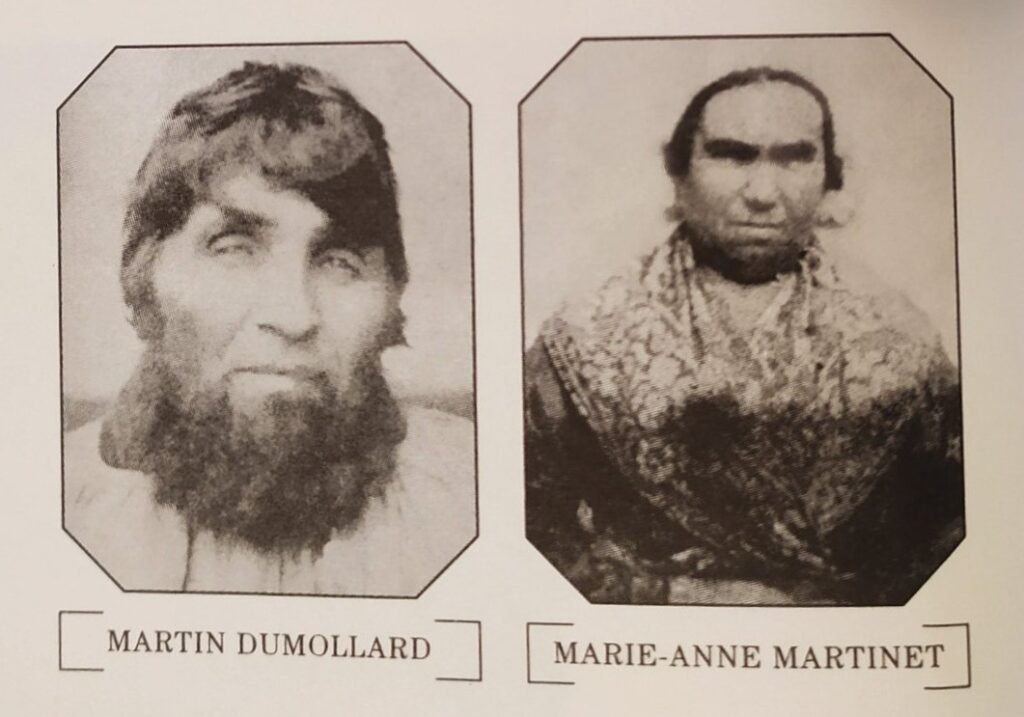
The legend of “The Red Inn” (L’Auberge rouge) is one of the most chilling tales of 19th century crime in France. Active from 1805 to 1830, Pierre and Marie Martin, along with their employee Jean Rochette, operated an inn in Peyrebeille, Ardèche. While only convicted of one murder – that of Jean-Antoine Enjolras in 1831 – rampant rumors and local folklore claimed they were responsible for the deaths of over 50 travelers, whom they allegedly murdered for their possessions.
Whispers even suggested cannibalism, with victims’ flesh being served to unsuspecting guests. The Martins and Rochette were publicly guillotined in 1831. The case highlights the blurred lines between proven fact and sensationalized rumor in historical true crime, fueled by public fear and the limited investigative capabilities of the time.

On 13 April 2025, a speeding duck in Switzerland made headlines when a roadside radar on Wangentalstrasse in the municipality of Köniz, near Bern, flashed at 52 km/h in a 30-km/h zone only to reveal a low-flying mallard as the unexpected offender. This unusual incident not only caught the attention of local citizens but also raised questions about wildlife behavior and the safety of roadways in residential areas.
10. Andreas Bichel (Bavaria, Germany, 1806–1808)
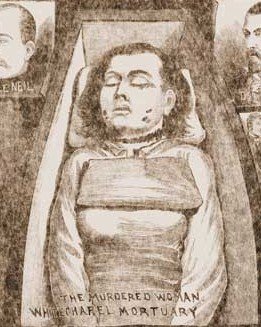
Andreas Bichel, often referred to as “The Bavarian Ripper,” terrorized Bavaria between 1806 and 1808. His methods were extraordinarily brutal, involving blunt force trauma, stabbing, and dismemberment. While the exact number of victims is debated, estimates range from 2 to over 50, showcasing the scale of his potential atrocities. What makes Bichel particularly disturbing is the apparent lack of clear motive for his extreme violence and the grotesque mutilation of his victims’ bodies. His crimes predate those of Jack the Ripper by decades but share a similar element of seemingly motiveless, extreme violence that left investigators baffled and the public horrified, setting a grim precedent for Victorian era murderers.
11. John Williams (United Kingdom, 1811)
John Williams was responsible for the infamous “Ratcliff Highway murders” in London in December 1811, a series of killings that shocked Georgian England. In two separate attacks, Williams brutally murdered seven individuals. His weapon of choice was a hammer for bludgeoning, followed by slitting throats. The first attack targeted the Marr family, wiping out the entire household, including a baby. Days later, he attacked the Williamson family.
Williams was quickly identified as the prime suspect, but he committed suicide in prison before he could be brought to trial. Despite his death, he was publicly declared guilty after the fact, and his body was paraded through the streets before being buried with a stake through his heart, reflecting the intense public outrage and the desire for justice in this brutal 19th century crime.
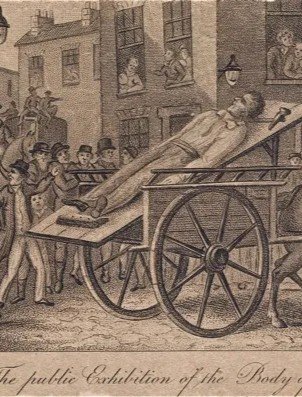
12. Konstantin Sazonov (Russia, 1814–1816)
Konstantin Sazonov is noted as one of Russia’s earliest documented serial killers, active between 1814 and 1816. His method involved stabbing and butchering victims during robberies. While specific details about his life, capture, and trial are scarce in readily available English historical records, he is linked to at least seven deaths. His inclusion underscores that brutal, opportunistic killings for financial gain were a widespread phenomenon across Europe during this period, fitting the pattern of early European serial killers 19th century.
13. Burke & Hare (Scotland, 1828)
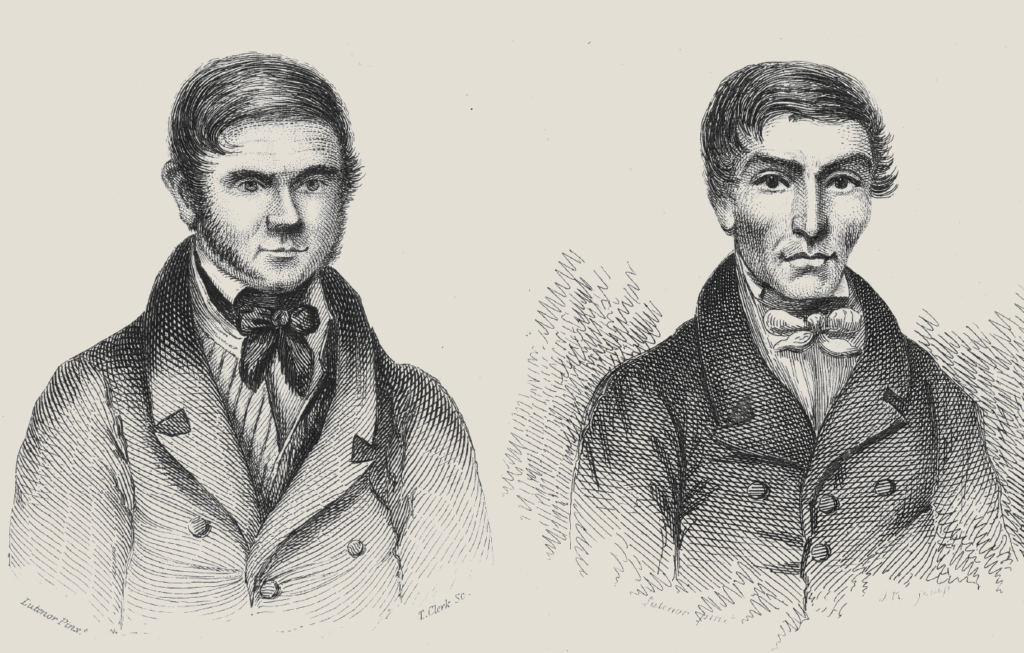
William Burke and William Hare became notorious figures in Scottish historical true crime during 1828. Operating in Edinburgh, they engaged in a chilling trade: murdering individuals to sell their bodies for anatomical dissection to Dr. Robert Knox’s anatomy school. They are confirmed to have killed at least 16 victims, primarily by smothering them, a method that became known as “burking” – by applying pressure to the chest to leave no marks. Hare turned king’s evidence, testifying against Burke, who was subsequently hanged in 1829.
Burke’s body was famously dissected, and parts of his skin were made into a notebook, a macabre relic of their gruesome business. Their case exposed the dark underbelly of medical advancement and the desperation that could lead to such heinous acts.
14. Giorgio Orsolano (Italy, 1832–1835)

Giorgio Orsolano was an Italian serial killer whose crimes between 1832 and 1835 were particularly gruesome. He committed three murders, involving rape, dismemberment, and cannibalism. His acts were beyond comprehension, revealing a deeply disturbed individual who engaged in extreme forms of violence and depravity. Orsolano’s case shocked Italy and highlighted the existence of predatory individuals with unimaginable urges, challenging the understanding of criminal psychology in the 19th century.
15. Manuel Blanco Romasanta (Spain, 1844–1852)
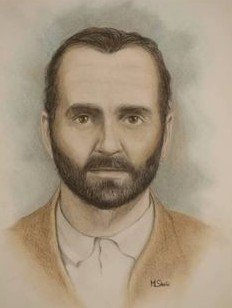
Manuel Blanco Romasanta, known as “The Werewolf of Allariz,” was an infamous Spanish serial killer active from 1844 to 1852. He was convicted of nine murders, though suspected of as many as 14. His methods involved killing and robbing his victims. The chilling aspect of his case, and what earned him his nickname, was his claim to suffer from lycanthropy, stating he transformed into a wolf to commit the killings and that he had even made soap from the fat of his victims. While his defense was eventually dismissed, his case remains a bizarre and morbid footnote in historical true crime, illustrating the intersection of folklore, superstition, and brutal reality in 19th century crime.
16. Juhani Aataminpoika (Finland, 1849)
Juhani Aataminpoika, a Finnish serial killer active around 1849, was responsible for 12 deaths through various violent attacks. His crimes were marked by their brutality, reflecting a pattern of indiscriminate and lethal assaults. While details of his life and capture might be less widely known outside of Finnish historical records, his documented body count places him among the most prolific European serial killers 19th century.
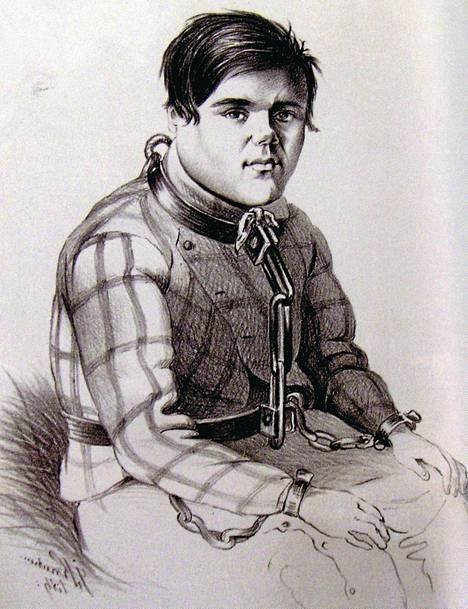
17. Antonio Boggia (Italy, 1849–1859)
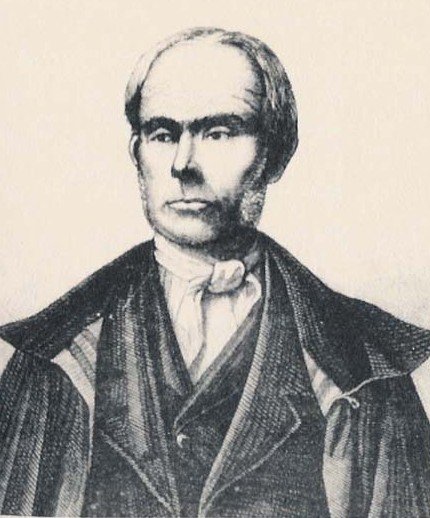
Antonio Boggia, an Italian serial killer from Milan, committed four murders between 1849 and 1859. His preferred method was stabbing and dismemberment with an axe. Boggia was known for his cold and calculating nature. His crimes were often motivated by financial gain, as he would lure victims to his home, kill them, and then dispose of their bodies by burying them in his cellar or garden. His meticulous efforts to conceal his crimes and the chilling nature of his dismemberment make him a notable figure among Victorian era murderers.

Enjoy playing the Wordle game, where you can challenge your mind and language skills by trying to guess the hidden word within a limited number of attempts. Each guess provides you with clues about the correctness and position of the letters, adding excitement and suspense to every round.
18. Martin Dumollard (France, 1855–1861)
Martin Dumollard was a French serial killer active from 1855 to 1861. He was convicted of three murders but is suspected of having many more victims, possibly over 30. His modus operandi involved luring young women, often domestic servants, under false pretenses of employment, only to rob and murder them. His crimes were particularly frightening as they targeted vulnerable women seeking work, preying on their hopes for a better life. Dumollard’s case highlighted the dangers faced by working-class women in 19th-century France and became a sensationalized topic of discussion.
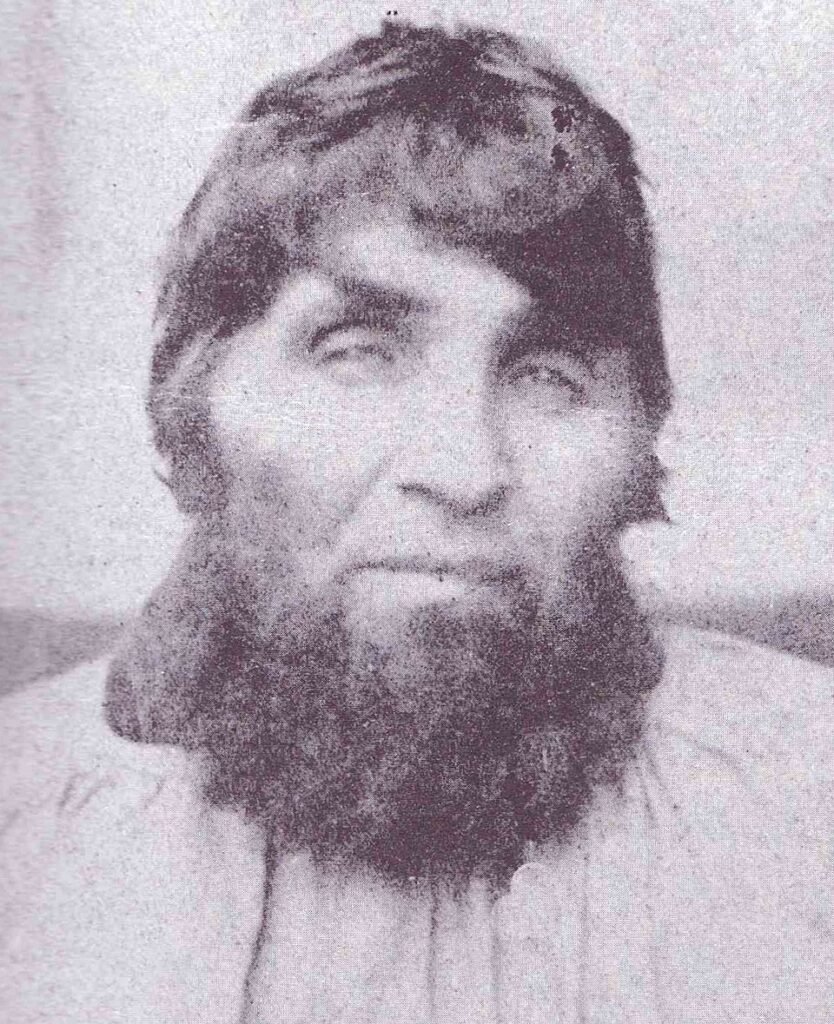
19. Ane Andersdatter (Denmark, 1853–1861)

Ane Andersdatter was a Danish serial killer whose victims were tragically her own newborn children. Between 1853 and 1861, she committed at least three infanticides by drowning her infants shortly after birth. Such cases, though heartbreaking, were not uncommon in the 19th century due to extreme poverty, social stigma, and lack of support for unmarried mothers. Her actions, while a desperate response to dire circumstances, still fall under the grim category of serial murder, marking a dark side of 19th century crime.
20. Joseph Philippe (France, 1862–1866)
Information on Joseph Philippe, a French serial killer active between 1862 and 1866, is limited in widely available records. However, he is documented as being responsible for eight murders, primarily stabbing women, often prostitutes. His crimes highlight the vulnerability of sex workers during the Victorian era and the predatory nature of some individuals who targeted them. The lack of detailed records for such killers is a common challenge in researching historical true crime, especially for those who preyed on marginalized communities.
The Evolving Landscape of Crime and Justice
The 19th century was a pivotal time for crime detection and the justice system. The cases of these European serial killers 19th century often played a direct role in shaping these advancements.
Early Policing and Investigation
At the turn of the 19th century, policing was rudimentary. Investigations often relied on local constables, citizen reporting, and basic interrogations. There was no centralized police force in many regions, and forensic science was in its infancy. This allowed many killers, particularly poisoners, to operate for extended periods undetected. The Ratcliff Highway murders, for example, directly contributed to the push for more organized police forces in London, leading to the establishment of the Metropolitan Police in 1829.
The Dawn of Forensic Science
The scientific understanding of death and evidence was slowly advancing. The cases of poisoners like Sophie Ursinus spurred early toxicological investigations. However, a major breakthrough came in 1836 with the development of the Marsh Test. This chemical test allowed for the reliable detection of arsenic in organic tissues, even in minute quantities. This invention was revolutionary. Suddenly, the silent weapon of choice for many arsenic poisoners became traceable. This shift meant that the era of nearly undetectable arsenic murders began to wane, making it significantly harder for Victorian era murderers to escape justice using this method. The test also solidified the role of expert witnesses in court, paving the way for modern forensic science.
Public Fascination and Media Sensationalism
The crimes of these serial killers captivated the public imagination. Newspapers, often newly affordable and widespread, eagerly reported on gruesome details, trials, and executions. This era saw the birth of sensationalist crime reporting, turning notorious murderers into household names. The “poison panics” that swept Europe, fueled by well-publicized arsenic cases, led to public health concerns and discussions about regulating dangerous substances. Figures like Mary Bateman, “The Yorkshire Witch,” and Gesche Gottfried, “The Angel of Bremen,” show how the press shaped public perception, transforming real criminals into figures of dark legend. This fascination with 19th century crime laid the groundwork for today’s true crime genre.
Punishment and Deterrence
Justice in the 19th century was often swift and severe, particularly for the most heinous crimes. Public executions by hanging or guillotine were common spectacles, intended as deterrents and as a form of public retribution. The fates of many of these killers – from Mary Bateman and Gesche Gottfried being publicly executed, to Burke being dissected – served as stark warnings. However, the true deterrent effect of such punishments remains a subject of historical debate.
The Dark Legacy of European Serial Killers 19th Century
The stories of these 20 European serial killers 19th century are a grim testament to the darker side of human nature. From the calculated malevolence of arsenic poisoners to the raw brutality of axe-wielding murderers, their actions left indelible scars on families and communities. Their cases, however, also serve as historical markers, demonstrating the slow but steady evolution of criminal investigation and forensic science.
The challenges faced by law enforcement in tracking down these early Victorian era murderers underscore the vast improvements in crime detection we see today. These historical true crime accounts are more than just tales of horror; they are windows into a past where the lines between life and death, innocence and evil, were often chillingly blurred, and the very concept of a “serial killer” was just beginning to be understood.

Discover the world’s most iconic public squares, where history, culture, and vibrant life come together. Explore breathtaking architecture and lively atmospheres in our top 12 picks. Dive into the heart of global cities visit now and experience these unforgettable urban gems!


